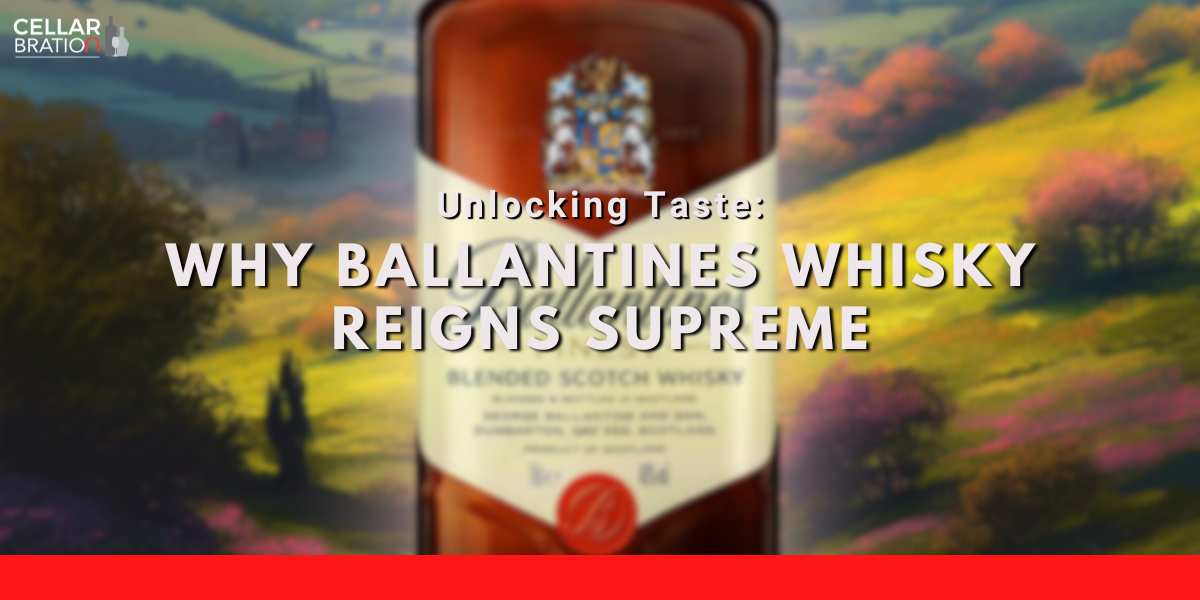
Maybe you’re reading this article because your new year’s resolution is to be more refined, with a sophisticated understanding of the world of wine. Or maybe you’re new to appreciating the drink of the gods, and want to learn how to describe the sensation on your tastebuds. Or perhaps you simply want to help the sommelier recommend something to your liking. Whatever the reason, it is always useful to know the key descriptors of wine. So let’s get started!
Light vs Full-bodied
Body is often used to refer to how a wine feels as it coats your tongue and palate. Is it thick like whole milk – leaving on the interior of your mouth an unmistakable coat of lactose after every sip – or thin like water?
As you can imagine, full-bodied wines swamp your palate with texture and flavour, whereas light-bodied wines tend to be more easy-drinking and refreshing.
Tannic vs Acidic vs Soft
Tannic
Tannins are a bitter, astringent chemical compound found not just in wine, but also in tea, coffee, and dark chocolate! Due to their astringency, tannic wines tend to dry out the interior of your mouth. You know that feeling – just recall how prickly your tongue feels after a sip of green tea.
Other words to describe wines with firm tannins are chewy and grippy.
Acidic
Meanwhile, acidic wines are mouth-watering, refreshing and crisp, with reds typically displaying the flavour of tart fruit, and whites, fresh citrus – usually lemon or lime.
Other words to describe acidic wines include: austere (although another characteristic of austere wines is that they have little fruit flavour), bright, lively, steely, and angular (angular wines are wines that hit specific spots of your palate consistently, like being punched in the same spot several times).
An Aside: Tannic vs Acidic
What is the difference between tannic and acidic? Flavour-wise, acidic wines are sour or tart, while tannic wines are slightly bitter. In terms of mouthfeel, acidic wines make your salivary glands constrict and water, whereas astringent wines are sharper, and cause your mouth to go dry.
Wines can be both tannic and acidic. Such wines are referred to as structured, although structured wines are also full-bodied.
Soft
Made with riper fruit, soft wines are sweeter, more approachable, and less sharp, with lower tannins and lower acidity.
Dry vs Sweet
As opposed to tannins that make your palate feel dry, dry wine actually refers to wine with very little sugar (0-1g of sugar per glass). Wine with 1-3g sugar per glass is “off dry”, and anything more than that is “sweet” (surprise surprise)!
Fruit Forward vs Savoury
Fruit forward means that a wine’s flavours and aromas are dominated by that of ripe fruit. Do note that a wine is not sweet simply because it is fruity. Sweetness depends on the amount of sugar added into the wine, whereas fruitiness has more to do with the grape varietal used, and the flavour it exudes.
Another way wine drinkers describe wines with abundant fruit flavours is flamboyant.
Meanwhile, savoury is simply the opposite of fruit forward – look out for flavours such as herbs, grass, earth, peppercorn, tobacco, wood, almond, or minerals.
An elegant wine is one that’s not big, bold, and fruity, but rather, features higher acidity and more restrained characteristics such as that of herbs and grass.
Balanced
When levels of fruit, alcohol, acid, and tannins complement each other perfectly, that’s what we call a balanced wine, or a wine with a backbone.
Wines of All Kinds
Try it for yourself! For a bold, well-structured wine with an elegant nose and silky mouthfeel, try the Beaulieu Vineyard Tapestry Reserve Red 2015. For a softer, smoother red with notes of ripe fruit, Concha Y Toro Marques Merlot is a no-brainer. If you’d like a buttery white with balanced acidity, how about the Faiveley Bourgogne Chardonnay 2016?
When learning to describe wine, the only way is to try. With reduced prices courtesy of our Chinese New Year warehouse sale, and free alcohol delivery services (for all orders $99 and above), there’s no better time to start. Choose us as your preferred wine delivery service today!





